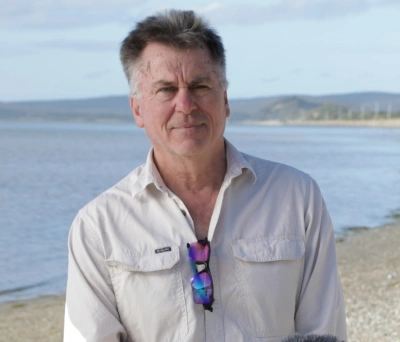Dusky dolphin: ocean acrobat
The dusky dolphin inhabits most southern hemisphere waters, off the coasts of New Zealand and South America and also off south-western Africa and Australia/Tasmania.
The four subspecies are geographically separated from one another, often by an entire ocean. There is a big variation in body size - the largest dusky dolphins are found off Peru. (Whale and Dolphin Conservation Australia) | Gallery images: Dr Eric Woehler (OAM)

Dr Eric Woehler
The dusky dolphin inhabits most southern hemisphere waters, off the coasts of New Zealand and South America and also off south-western Africa and Australia/Tasmania.
The four subspecies are geographically separated from one another, often by an entire ocean. There is a big variation in body size - the largest dusky dolphins are found off Peru. (Whale and Dolphin Conservation Australia) | Gallery images: Dr Eric Woehler (OAM)
You might like...

A lifelong love for wildlife

Macquarie Island: a true wildlife hotspot

The amazing migration

Albatross: a life at sea
Newsletter
Sign up to keep in touch with articles, updates, events or news from Kuno, your platform for nature
